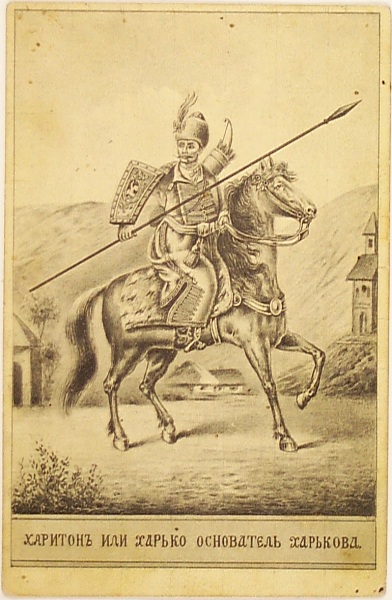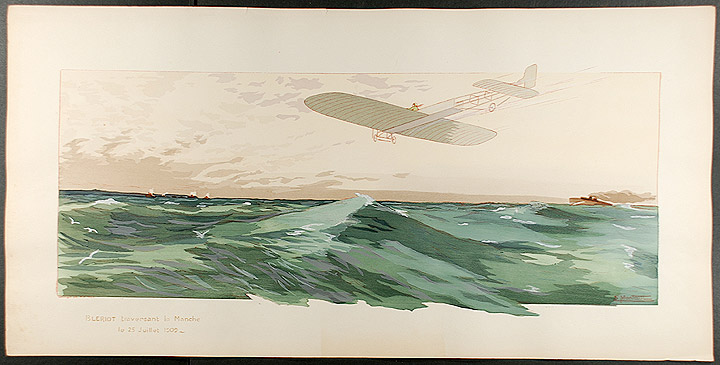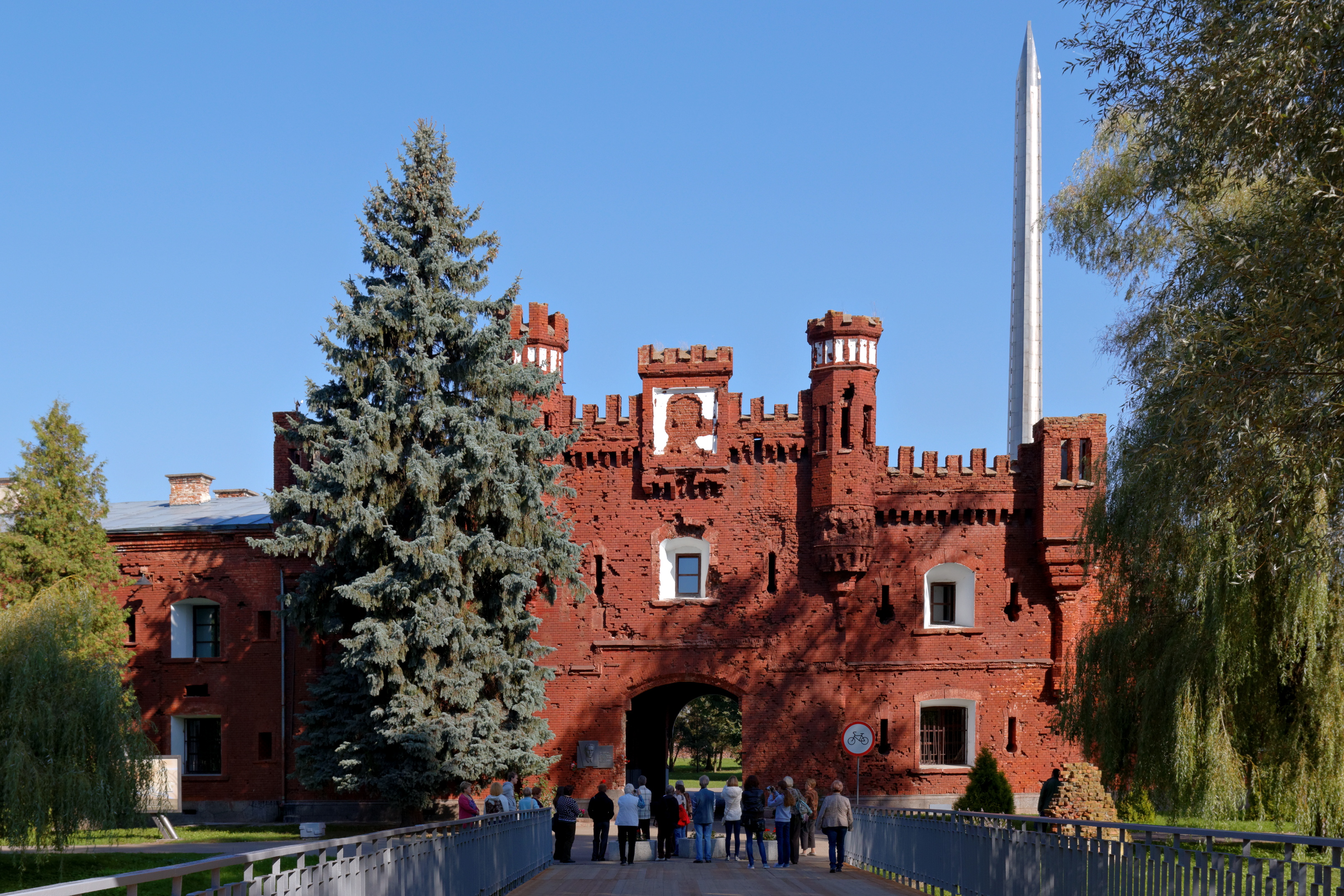|
Yefim Moiseevich Fomin
Yefim Moiseyevich Fomin (; ; 15 January 1909 – 26 June 1941) was a Soviet political commissar. He is known for his part in the 1941 Defense of Brest Fortress, during which the German Army captured and immediately executed him. Early life Fomin was born into a Jewish family in Kolyshki in Vitebsk Governorate (present-day Liozna Raion, Belarus) in 1909. He lost his parents as a young boy and was raised in orphanages. In 1924, Fomin joined the Komsomol, at the age of 15. He worked at a shoe factory in Vitebsk and then moved to Pskov. There, he was sent to the Communist Party school to prepare for a career as a professional party worker. In 1930, at age of 21, while at the party school, Fomin became a member of the Soviet Communist Party. When he returned from the school, he was assigned to be a propagandist of the Pskov City Committee of the Communist Party. Army career In 1932 the Party assigned Fomin to the Soviet Army, where he became a political commissar and began a n ... [...More Info...] [...Related Items...] OR: [Wikipedia] [Google] [Baidu] |
Kolyshki
Kalyshki or Kolyshki is a village in Lyozna District, Vitebsk Region, Belarus. It is located near the border with Russia. Notable people * Avraham Kalisker (1741–1810), rabbi and Hasidic leader * Yefim Fomin Yefim Moiseyevich Fomin (; ; 15 January 1909 – 26 June 1941) was a Soviet political commissar. He is known for his part in the 1941 Defense of Brest Fortress, during which the German Army captured and immediately executed him. Early life ... (1909–1941), Soviet political commissar Notes References Populated places in Vitebsk region Villages in Belarus {{Belarus-geo-stub Historic Jewish communities in Belarus Lyozna district ... [...More Info...] [...Related Items...] OR: [Wikipedia] [Google] [Baidu] |
Kharkov
Kharkiv, also known as Kharkov, is the second-largest List of cities in Ukraine, city in Ukraine.Kharkiv "never had eastern-western conflicts" , ''Euronews'' (23 October 2014) Located in the northeast of the country, it is the largest city of the historic region of Sloboda Ukraine. Kharkiv is the administrative centre of Kharkiv Oblast and Kharkiv Raion. Prior to the Russian invasion of Ukraine in early 2022, it had an estimated population of 1,421,125. Founded in 1654 as a Cossacks, Cossack fortress, by late 19th century Kharkiv had developed within the Russian Empire as a major commercial and industrial centre. From December 1919 to January 1934, Kharkiv was the capital of the Ukrainian Soviet Socialist Rep ... [...More Info...] [...Related Items...] OR: [Wikipedia] [Google] [Baidu] |
People From Lyozna District
The term "the people" refers to the public or common mass of people of a polity. As such it is a concept of human rights law, international law as well as constitutional law, particularly used for claims of popular sovereignty. In contrast, a people is any plurality of persons considered as a whole. Used in politics and law, the term "a people" refers to the collective or community of an ethnic group or nation. Concepts Legal Chapter One, Article One of the Charter of the United Nations states that "peoples" have the right to self-determination. Though the mere status as peoples and the right to self-determination, as for example in the case of Indigenous peoples (''peoples'', as in all groups of indigenous people, not merely all indigenous persons as in ''indigenous people''), does not automatically provide for independent sovereignty and therefore secession. Indeed, judge Ivor Jennings identified the inherent problems in the right of "peoples" to self-determination, as i ... [...More Info...] [...Related Items...] OR: [Wikipedia] [Google] [Baidu] |
1941 Deaths
The Correlates of War project estimates this to be the deadliest year in human history in terms of conflict deaths, placing the death toll at 3.49 million. However, the Uppsala Conflict Data Program estimates that the subsequent year, 1942, was the deadliest such year. Death toll estimates for both 1941 and 1942 range from 2.28 to 7.71 million each. Events Below, the events of World War II have the "WWII" prefix. January * January– August – 10,072 men, women and children with mental and physical disabilities are asphyxiated with carbon monoxide in a gas chamber, at Hadamar Euthanasia Centre in Germany, in the first phase of mass killings under the Aktion T4 program here. * January 1 – Thailand's Prime Minister Plaek Phibunsongkhram decrees January 1 as the official start of the Thai solar calendar new year (thus the previous year that began April 1 had only 9 months). * January 3 – A decree (''Normalschrifterlass'') promulgated in Germany by Martin ... [...More Info...] [...Related Items...] OR: [Wikipedia] [Google] [Baidu] |
1909 Births
Events January–February * January 4 – Explorer Aeneas Mackintosh of the Imperial Trans-Antarctic Expedition escapes death by fleeing across drift ice, ice floes. * January 7 – Colombia recognizes the independence of Panama. * January 9 – The British Nimrod Expedition, ''Nimrod'' Expedition to the South Pole, led by Ernest Shackleton, arrives at the Farthest South, farthest south reached by any prior expedition, at 88°23' S, prior to turning back due to diminishing supplies. * January 11 – The International Joint Commission on US-Canada boundary waters is established. * January 16 – Members of the ''Nimrod'' Expedition claim to have found the magnetic South Pole (but the location recorded may be incorrect). * January 24 – The White Star Liner RMS Republic (1903), RMS ''Republic'' sinks the day after a collision with ''SS Florida'' off Nantucket. Almost all of the 1,500 passengers are rescued. * January 28 – The last United States t ... [...More Info...] [...Related Items...] OR: [Wikipedia] [Google] [Baidu] |
Order Of Lenin
The Order of Lenin (, ) was an award named after Vladimir Lenin, the leader of the October Revolution. It was established by the Central Executive Committee on 6 April 1930. The order was the highest civilian decoration bestowed by the Soviet Union. The order was awarded to: * Civilians for outstanding services rendered to the State * Members of the armed forces for exemplary service * Those who promoted friendship and cooperation between people and in strengthening peace * Those with meritorious services to the Soviet state and society From 1944 to 1957, before the institution of specific length of service medals, the Order of Lenin was also used to reward 25 years of conspicuous military service. Those who were awarded the titles "Hero of the Soviet Union" and "Hero of Socialist Labour" were also given the order as part of the award. It was also bestowed on cities, companies, factories, regions, military units, and ships. Various educational institutions and military units w ... [...More Info...] [...Related Items...] OR: [Wikipedia] [Google] [Baidu] |
Br Fom
BR, Br or br may refer to: In arts and entertainment * Bad Religion, a Californian punk rock band * Battle Royale, a video game genre * (Bavarian Broadcasting), a regional broadcasting service in Germany * ''Black Rider'' (TV series), a 2023 Filipino action TV series * ''Blade Runner'' (franchise) ** ''Blade Runner'', a 1982 film by Ridley Scott ** ''Blade Runner 2049'', its 2017 sequel, directed by Denis Villeneuve * Bleacher Report (B/R), an online sports media network * ''Bohemian Rhapsody'', which refers to two things: ** the 1975 single, a song from Queen's 1975 album ''A Night at the Opera'', ** or the film of the same name, released in 2018 Businesses and organizations * Bangladesh Railway, a government owned rail transport authority * Barry Railway, former railway in Wales * Baskin-Robbins, chain of ice cream shops * Botswana Railways, the national railway of Botswana * British Rail, the main state-owned railway operator in Great Britain from 1948 until it was privat ... [...More Info...] [...Related Items...] OR: [Wikipedia] [Google] [Baidu] |
Commissar Order
The Commissar Order () was an order issued by the German High Command ( OKW) on 6 June 1941 before Operation Barbarossa. Its official name was Guidelines for the Treatment of Political Commissars (''Richtlinien für die Behandlung politischer Kommissare''). It instructed the ''Wehrmacht'' that any Soviet political commissar identified among captured troops be summarily executed as a purported enforcer of the so-called Judeo-Bolshevism ideology in military forces. It is one of a series of criminal orders issued by the Nazi leadership. According to the order, all those prisoners who could be identified as "thoroughly bolshevised or as active representatives of the Bolshevist ideology" should also be killed. History Planning for Operation Barbarossa began in June 1940. In December 1940, Adolf Hitler began vague allusions to the operation to senior generals on how the war was to be conducted, giving him the opportunity to gauge their reaction to such matters as collaboration wi ... [...More Info...] [...Related Items...] OR: [Wikipedia] [Google] [Baidu] |
Kholm Gate
The Kholm Gate (, ) is a gate of the citadel of Brest Fortress in Brest, Belarus. Originally built in the 19th century during Russian rule, as one of the four fortified gatehouses, leading into the Citadel of the Russian Brest Fortress. The exterior facade, facing the southern branch of the Mukhavets River, was designed in a classical style decorated with turrets and a medallion. The Kholm Gate was named after the town of Chełm, which was directly connected to the gate by a road, with Kholm being the East Slavic version of the town's name. In June 1941, Brest Fortress was the site of heavy fighting during the Defense of Brest Fortress, early into the German invasion of the Soviet Union during World War II World War II or the Second World War (1 September 1939 – 2 September 1945) was a World war, global conflict between two coalitions: the Allies of World War II, Allies and the Axis powers. World War II by country, Nearly all of the wo .... Kholm Gate's facade w ... [...More Info...] [...Related Items...] OR: [Wikipedia] [Google] [Baidu] |
Operation Barbarossa
Operation Barbarossa was the invasion of the Soviet Union by Nazi Germany and several of its European Axis allies starting on Sunday, 22 June 1941, during World War II. More than 3.8 million Axis troops invaded the western Soviet Union along a front, with the main goal of capturing territory up to a line between Arkhangelsk and Astrakhan, known as the A-A line. The attack became the largest and costliest military offensive in history, with around 10 million combatants taking part in the opening phase and over 8 million casualties by the end of the operation on 5 December 1941. It marked a major escalation of World War II, opened the Eastern Front—the largest and deadliest land war in history—and brought the Soviet Union into the Allied powers. The operation, code-named after the Holy Roman Emperor Frederick Barbarossa ("red beard"), put into action Nazi Germany's ideological goals of eradicating communism and conquering the western Soviet Union to repopulate it w ... [...More Info...] [...Related Items...] OR: [Wikipedia] [Google] [Baidu] |
Wehrmacht
The ''Wehrmacht'' (, ) were the unified armed forces of Nazi Germany from 1935 to 1945. It consisted of the German Army (1935–1945), ''Heer'' (army), the ''Kriegsmarine'' (navy) and the ''Luftwaffe'' (air force). The designation "''Wehrmacht''" replaced the previously used term (''Reich Defence'') and was the manifestation of the Nazi regime's efforts to German rearmament, rearm Germany to a greater extent than the Treaty of Versailles permitted. After the Adolf Hitler's rise to power, Nazi rise to power in 1933, one of Adolf Hitler's most overt and bellicose moves was to establish the ''Wehrmacht'', a modern offensively-capable armed force, fulfilling the Nazi regime's long-term goals of regaining lost territory as well as gaining new territory and dominating its neighbours. This required the reinstatement of conscription and massive investment and Military budget, defence spending on the arms industry. The ''Wehrmacht'' formed the heart of Germany's politico-military po ... [...More Info...] [...Related Items...] OR: [Wikipedia] [Google] [Baidu] |
Brest Fortress
Brest Fortress (; ; ; ), formerly known as Brest-Litovsk Fortress, is a 19th-century fortress in Brest, Belarus. In 1965, the title Hero Fortress was given to the fortress to commemorate the defence of the frontier stronghold during the first week of Operation Barbarossa, when Axis forces invaded the Soviet Union on 22 June 1941. The title "Hero Fortress" corresponds to the title " Hero City" that the Presidium of the Supreme Soviet of the Soviet Union awarded to twelve Soviet cities. Description The Brest fortress has sustained its original outline of a star shaped fortification since its construction in the early 19th century. The Citadel, the core of the fortress, was on the central island formed by the Bug River and the two branches of the Mukhavets River. The island was skirted by a ring of a two-storied barrack with 4 semi-towers. The 1.8 km long barrack comprised 500 rooms to accommodate 12,000 soldiers within thick walls built from super strong red brick ... [...More Info...] [...Related Items...] OR: [Wikipedia] [Google] [Baidu] |






